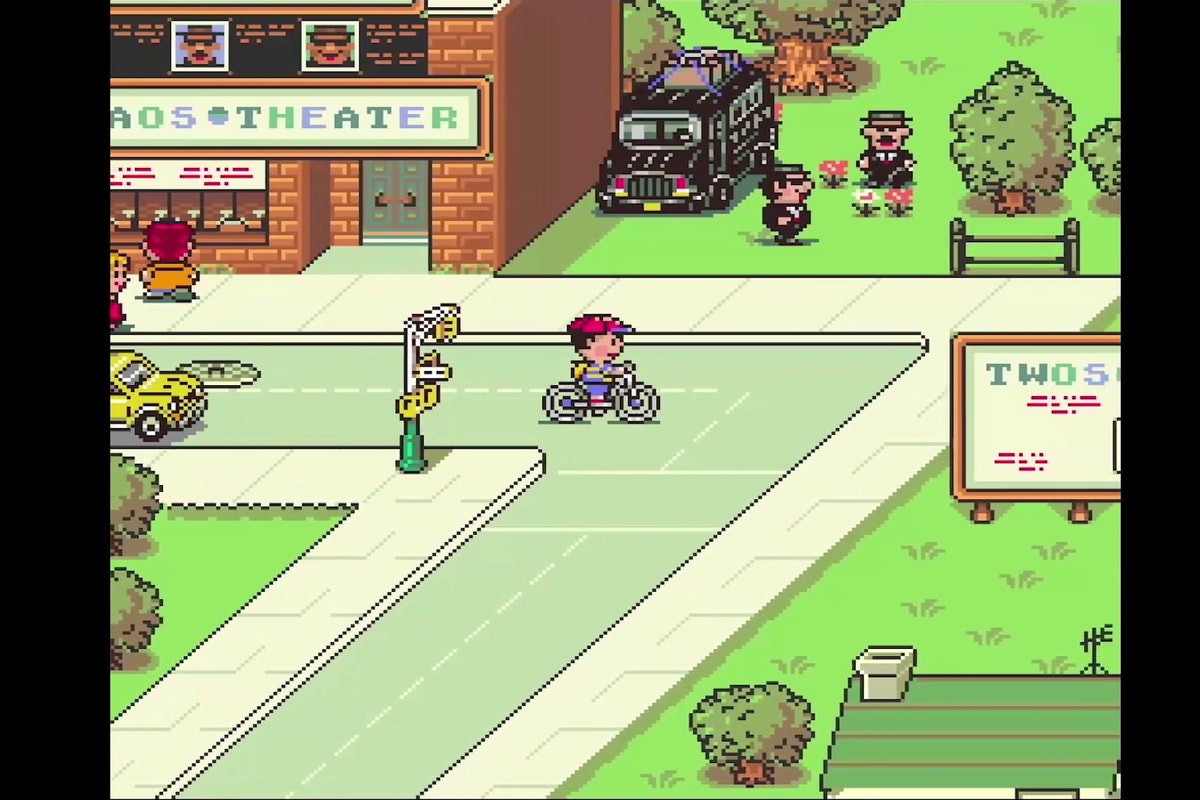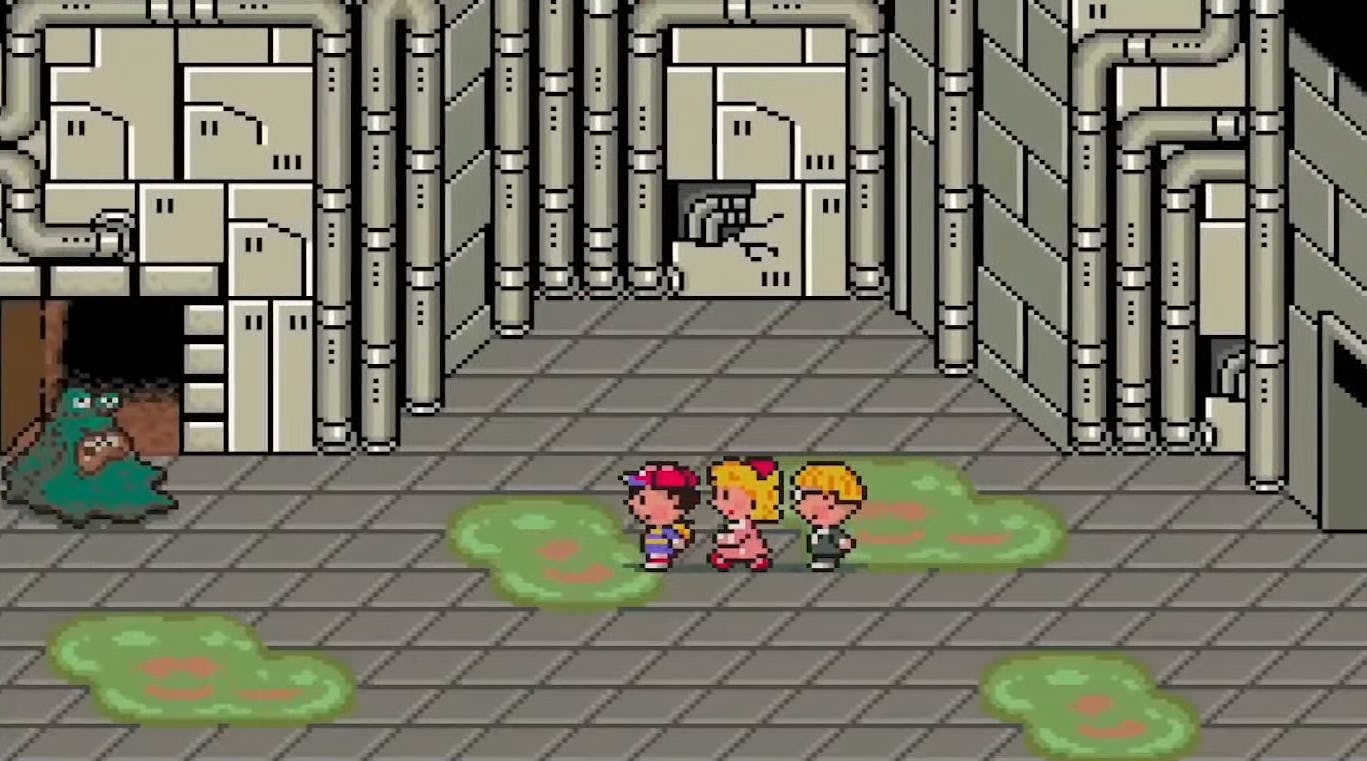
Animal Crossing: New Horizons became an absolute sensation after its launch in March 2020. It spoke to what people needed in a time of unprecedented crisis: community, stability, and whimsy. People tried binging it, but the game didn’t really work like that. It was an experience to live side-by-side with, as opposed to a game with bosses to defeat.
That sort of experience, where a game is as much a world to inhabit as it is to play through, is a rare and precious one. The games where it can be found often become classics, as happened with Shigesato Itoi’s 1995 game EarthBound, which is available right now if you’ve subscribed to Nintendo Switch Online + Expansion Pack.
Itoi’s game has a reputation that precedes it. In Japan, where the game was released a year earlier, it was known as being part of an already-existing Mother franchise, which is why it had the title Mother 2. The first Mother game had made a name for itself by not going along with the flow. It was an RPG, but rather than the commonplace fantasy settings for such a game, it was set in an offbeat vision of modern America with factories as modern-day dungeons.
The sequel would radically expand on Mother’s vision to create a panoramic love letter to 20th-century America, one that gleefully mocks the “Eagleland” where it was located but felt real compassion for the people there trying to do their very best.
It is perhaps ironic that Itoi and his team must have pulled many sleepless nights to produce the game, which emphasizes what a weird place America was at the time and how its weirdness would evolve over time.

Earthbound starts off by couching a sci-fi plot within Everytown, USA. Ness, a boy with a happy family in the town of Ornett, is woken one night by a mysterious meteorite crashing. This results in animals around Ornett becoming unusually aggressive. Alongside his neighbor Pokey and his trusty dog, Ness encounters Buzz Buzz, an alien visitor who tells him of his destiny to save the world from the malevolent force Giygas. While the group is able to defeat one of Giygas’ minions, Buzz Buzz is sadly destroyed when Pokey’s mom mistakes him for a dung beetle.
It’s that sort of game. The enemies have funny names Black Antoid and Frank Fly, the latter of whom is the leader of a street gang called the Sharks which is tormenting Ornett and has built his own robot called the Frankystein Mark II. Ness fights with a combination of physical and psychic attacks, known as PSI. You get to name a powerful PSI attack after something you like doing, and it’s pretty fun to attack with the “Rockin’” move. These are also necessary, as Earthbound can be something of a grind. Moving through subterranean caves feels authentically disorienting, to say the least.

Earthbound is broken down into eight worlds, each called “Your Sanctuary.” These vary widely, from the Americana-inflected Ornett to the cult-run Happy Happy Village to the UK-influenced Winters to the Southeast Asia-influenced Dalaam. It’s a world tour, more or less, that gives an epic scope to the fight Ness and his friends are taking on. But Earthbound never stops being intimate, with NPC conversations being a highlight wherever they go.
Open-world games today are often accused of being too big, too repetitive, and having too much empty space. Yes, the map is huge, but what is there to actually do? Games can feel like they’re just trying to extend their playing time.
Earthbound doesn’t feel like this. Every chance to enter a building feels like a world unfolding in front of you, with Ness’ cheerful smile keeping the game upbeat even when the mood darkens. There’s not a game quite like it, which makes it a must-play for any gamer.







